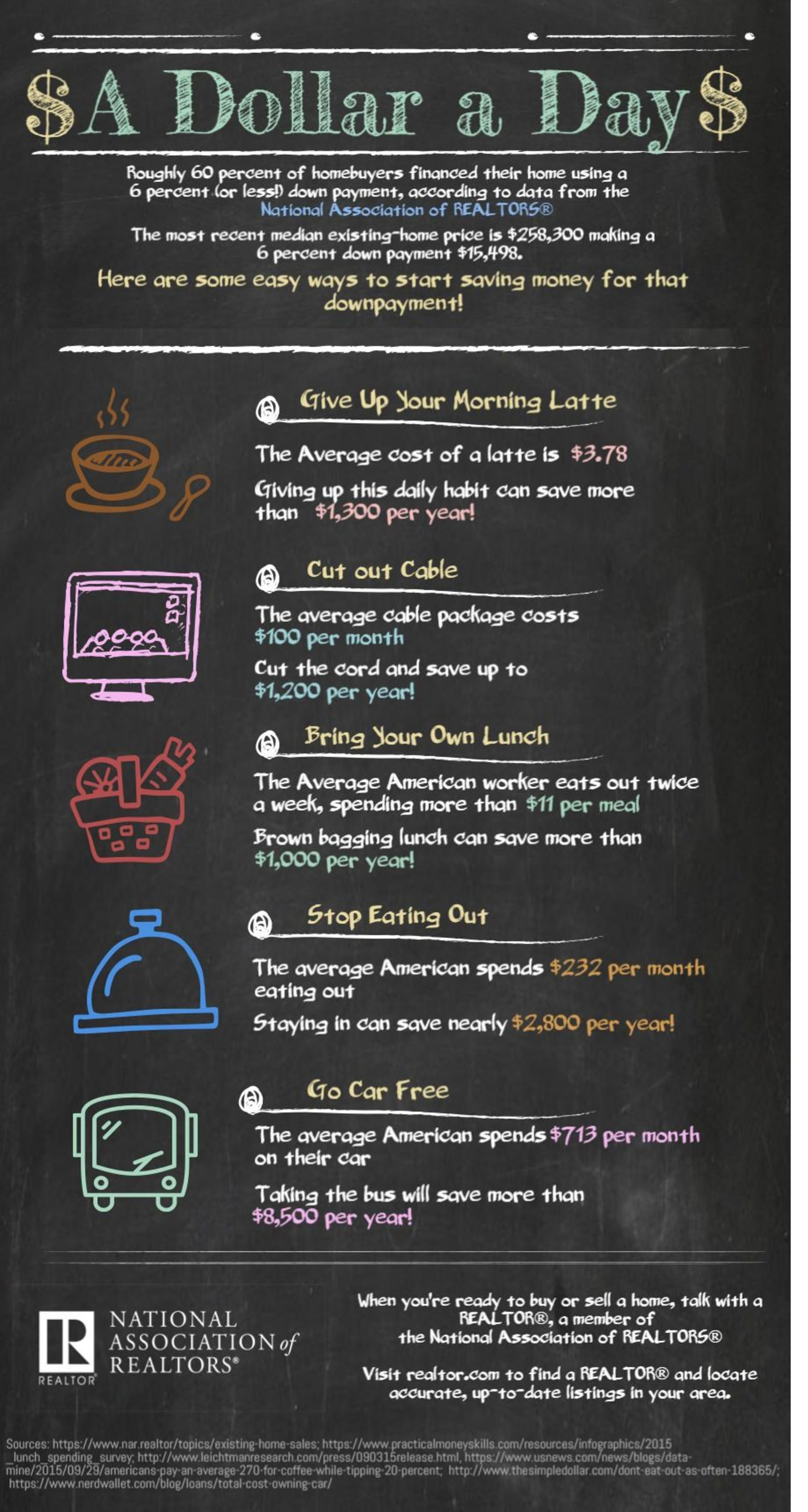These three guidelines will help your clients make smart flooring decisions that can help the marketability of their home when it's time to...
Survey: Kids Have Big Say in Home Choice
Your toughest critics may very well be the children of your clients.
Top 10 Best, Worst States for Retirees’ Wallets
Which states offer retirees the most bang for their buck?
Understanding Energy Costs
I was recently contacted by the Consumer Energy Alliance, which provides consumers with unbiased information on U.S. and global energy issues. Its affiliates represent sectors from the energy industry, academia, small businesses, conservation groups to travel-related industries.
The CEA recently released a sweeping study of energy consumption across the country, and analyzed various regions, states, even major municipalities promoting ideas to enhance efficiency and preserve an uninterrupted flow of energy based on expected future population shifts.
To the end consumer, the report paints a fascinating picture of who is paying what for their energy, and why it costs so much, or, in some regions, so little.
According to the CEA study, the average mid-continent family currently enjoys some of the lowest electricity costs in the nation. While these low costs are attributable to the region’s access to natural resources and booming energy production, the report suggests that could end in only a few years unless new infrastructure and pipeline
projects are hastily approved.
This planning is especially important, as some of the nation’s poorest communities like Camden, Ark.; Opelousas, La.; Deming, N.M.; Commerce, Okla.; and San Benito, Texas, dot the mid-continent region. The average household income in these communities is $24,857—55.43 percent less than the national average, the CEA report states.
Even small increases in energy prices could have a devastating effect on families in the mid-continent region where median household incomes are $10,000 to $25,000 less than the national average. In this region, the CEA reported that low-income households pay roughly 22 percent of after-tax income on residential utility bills and gasoline.
While most mid-continent families currently pay, on average, a rate roughly 9 percent lower than the national average of 12.90 cents per kilowatt hour (kWh), it is also home to states like Texas, where the average monthly bill is 17 percent higher than the national average.
In addition, the study found:
- The bottom 20 percent of earners spend almost 10 percent of their income solely on electricity—more than seven times what the top 20 percent pays.
- Of those low-income earners that spend 10 percent of their income on power bills, half are African-American families.
- The average household in the U.S. currently pays 13 cents per KwH using, on average, 901 KwH per month totaling $116 in electricity bills. That represents almost one-fifth (4.78 percent) of the average income of the poorest mid-continent families.
For the latest real estate news and trends, bookmark RISMedia.com.
The post Understanding Energy Costs appeared first on RISMedia.
Will Entire Single-Family Rental Communities Become a Thing?
A growing number of renters is sparking an entire community of 250 single-family detached homes for lease.
Showings Don’t Stop Even for an Accepted Offer
Prepare your sellers for the reality of an accepted offer and what happens next if another buyer becomes interested.
Ex-Husband Charged in Houston Agent’s Murder
Police say the body has been found of a Houston real estate agent who had gone missing just hours before Hurricane Harvey struck.
The Commercial Sector Braces for a Slowdown
Investors are shifting away from larger markets in favor of smaller ones.
Mortgage Applications Surge on Lower Rates
Home buyers and homeowners are taking advantage of some of the lowest interest rates in a year.
Infographic: 5 Down Payment Savings Tips
Sixty percent of homebuyers put 6 percent, or roughly $15,500, down on a median-priced house, according to the National Association of REALTORS® (NAR). Work toward that goal with these tips:
For more information, please visit www.nar.realtor.
For the latest real estate news and trends, bookmark RISMedia.com.
The post Infographic: 5 Down Payment Savings Tips appeared first on RISMedia.

